Planning Your First Family Cruise: A Comprehensive Guide
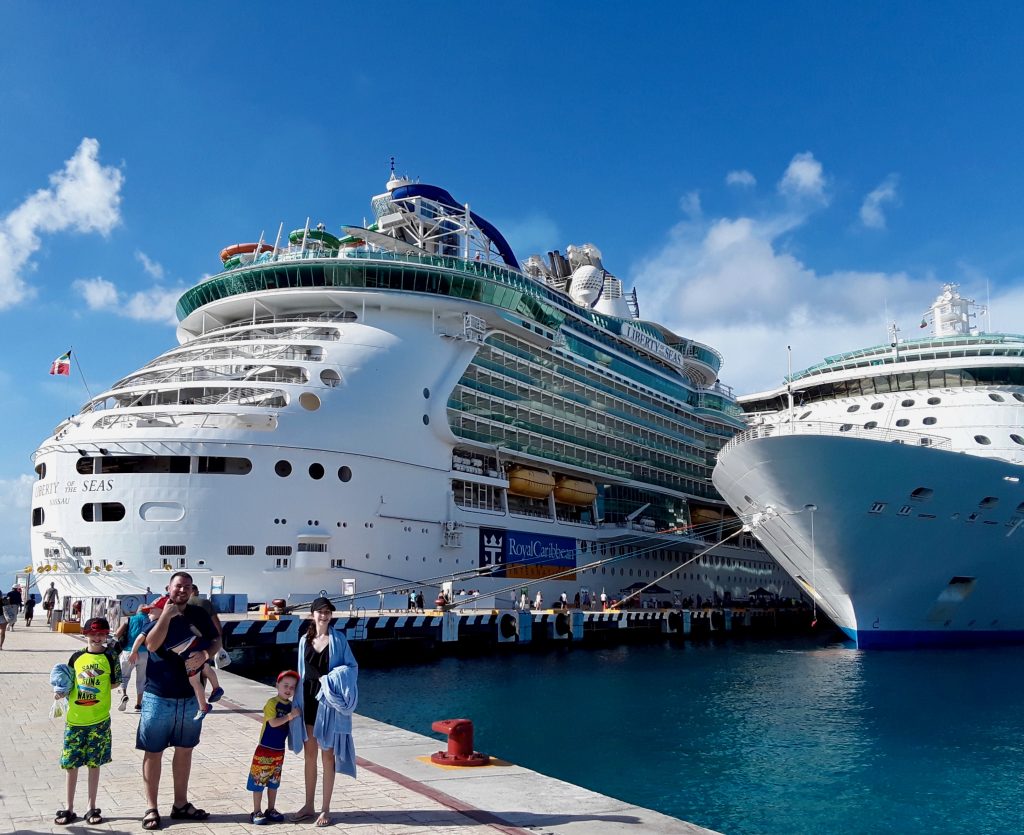
Worried about cruising with a family of five or more? We understand. Cruising with 3, 4, or more kids can be overwhelming and expensive. Our guide will show you how a family cruise can be both fun and budget-friendly. We understand that planning your first cruise might seem a bit overwhelming, but there’s no need to stress. We’re here to walk you through the entire process, from picking the ideal cruise for your family to making sure you pack all the essentials. So sit back, relax, and let’s dive into planning your dream family cruise!
- Planning Your First Family Cruise: A Comprehensive Guide
- 1. Why Choose a Family Cruise?
- 2. Best Cruise Lines for Big Families
- 3. Cruising with a Baby or Toddler
- 4. What is a Good Age to Bring Children on a Cruise?
- 5. Passport Requirements for Children on Cruise Vacations
- 6. How to Decide on Cruise Duration and Itinerary for Families
- 7. Selecting the Perfect Ports of Call for Your Family Cruise
- 8. Family Adventure Awaits: Exploring Shore Excursions
- 9. Choosing the Best Cabin for Your Family's Comfort and Needs
- 10. A World of Fun: Understanding Onboard Activities for All Ages
- 11. Maximizing Fun with Kids' Clubs on Family Cruises
- 12. Arriving for Your Cruise and Embarking
- 13. Packing for Your Cruise
- 14. Preparing for Motion Sickness
- 15. Staying Active on a Cruise
- 16. Staying Connected During Your Cruise
- 17. Exploring Beverage Packages: Is it Right for Your Family?
- 18. Experience the Best in Cruise Dining: Trying Specialty Restaurants
- 19. Navigating Tipping Etiquette on Your Family Cruise
- 20. Managing Your Family's Identification and Travel Documents
- 21. Managing Money on Board: Tips for Carrying Cash on a Cruise
- 22. Planning Your Next Cruise
- 23. The Idea Time to Book a Cruise: How Far in Advance to Book
- 24. Knowing When Not to Book: Avoiding Common Cruise Pitfalls
- 25. Understanding the Importance of Travel Insurance for Cruise Vacations
1. Why Choose a Family Cruise?
A family cruise offers several advantages. It’s a hassle-free way to explore multiple destinations in a single trip. Cruise ships are floating resorts, complete with accommodation, dining, entertainment, and a wide range of activities. Plus, many of the best family cruises offer kids’ clubs, ensuring your little ones are entertained while you enjoy some downtime.
Cruises are amazing because they have something for everyone – from water parks and kids’ clubs to relaxing spas and exciting live shows. Your family can explore multiple destinations without the hassle of constant packing or worrying about transport and accommodations.
Many cruises are all-inclusive, covering your meals, stay, and entertainment. This means you can budget more easily and avoid any surprises. Family cruises also provide incredible opportunities for bonding, from sharing meals, watching shows together, or exploring new places during shore excursions. And let’s not forget the educational aspect – many cruises offer educational programs for kids and visit ports where you can immerse yourself in different cultures.
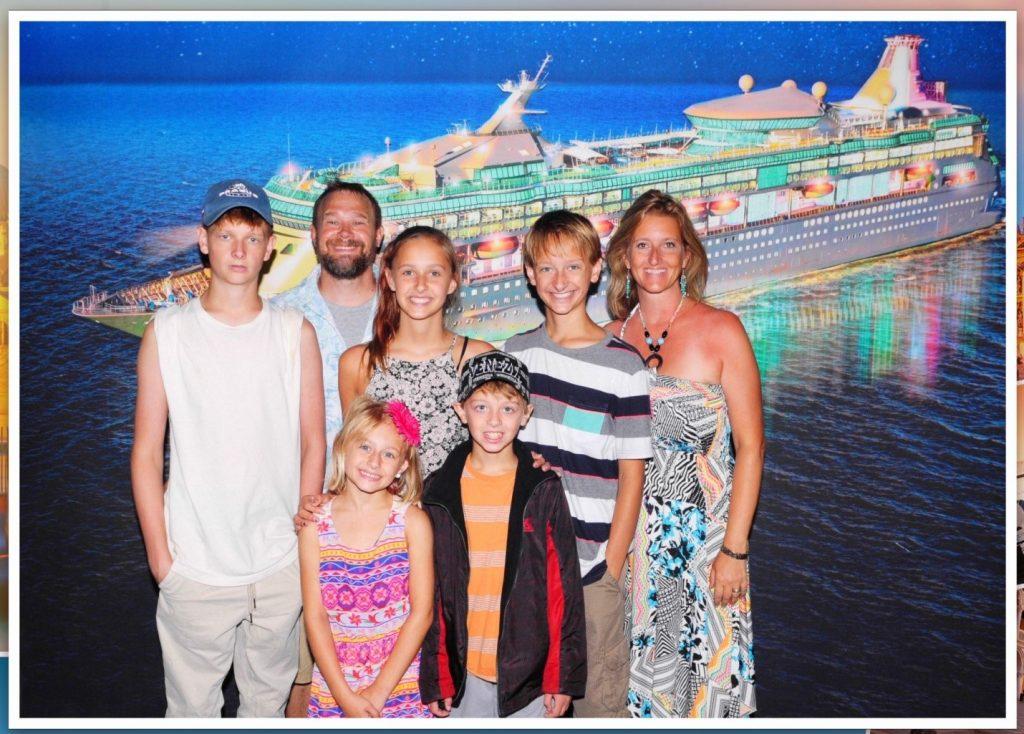
2. Best Cruise Lines for Big Families
While not every cruise line caters specifically to big families, those that do often offer spacious accommodations. Ideal for big families, these cruise lines provide large staterooms or connecting cabins to comfortably sleep 6, 7, or even 8 people. To assist you in planning your family cruise, we’ve compiled a list of cruise ships featuring family suites designed for bigger families, ensuring ample space and comfort for everyone.
- Disney Cruise Line
- Royal Caribbean
- Norwegian
- MSC
- Celebrity Cruises
- Carnival Cruises
- Princess Cruises
When narrowing down your cruise choices, think about selecting one with kid-friendly themes and characters. For example, if your children love Disney, they’ll likely enjoy the Disney Cruise Line, renowned for its character-themed activities and experiences. However, it’s important to note that Disney cruises are often considered the gold standard of family cruising, and this is reflected in their higher prices. If you’re planning your family’s first cruise, you might want to consider a more budget-friendly cruise line to first gauge whether cruising suits your family’s preferences and needs.
For kid-friendly cruises with cartoon or character themes, check out:
- Carnival Cruise Line: They partnered with Dr. Seuss Enterprises to create “Seuss at Sea,” featuring characters like Cat in the Hat, Thing 1, and Thing 2.
- Royal Caribbean: They have a partnership with DreamWorks Animation, so guests may encounter characters from Shrek, Madagascar, Kung Fu Panda, and others.
- Norwegian Cruise Line: Norwegian partnered with Nickelodeon, offering theme cruises with characters from SpongeBob SquarePants, Dora the Explorer, and others.
- Disney Cruise Line: Along with their regular characters, they also offer the “Star Wars Day at Sea” on select seven-night Caribbean cruises. This special event transforms the entire ship into a galaxy far, far away and features a full day of Star Wars celebrations including live shows, Star Wars-themed family and youth activities, unique food and beverage offerings, and special merchandise.
Please note that these options may vary depending on the specific cruise and sailing date. Always check with the cruise line for current character-themed offerings.
3. Cruising with a Baby or Toddler
Cruising with a toddler or an infant can be done. The majority of cruise lines are well-equipped and offer a range of amenities specifically designed for the little ones. These include but are not limited to cribs, high chairs, and a variety of baby-friendly activities to keep them engaged and entertained. However, you’ll still need to pack all the essentials such as baby food, diapers, and toys.
The minimum age for children to attend daycare on a cruise varies between cruise lines. Most cruise lines allow children aged 3 and above to participate in their supervised daycare programs. Some cruise lines offer group babysitting or daycare services for children aged 6 months to 3 years, but this often comes with a fee and needs to be booked in advance. It’s always best to check the specific policies of the cruise line before booking.
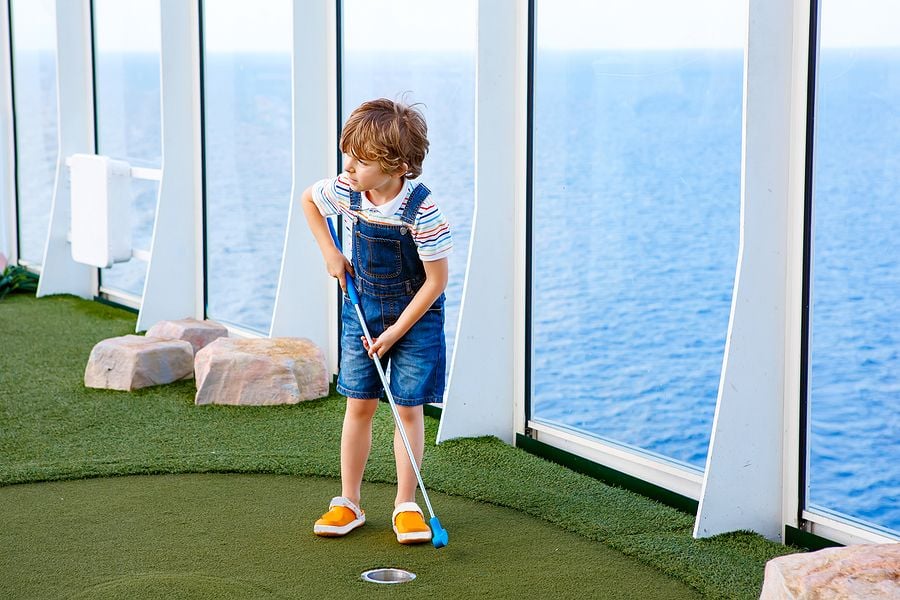
4. What is a Good Age to Bring Children on a Cruise?
Determining the right age to bring children on a cruise largely depends on the kids and the parents. However, many experts suggest waiting until kids are at least six months old. At this age, they can better adapt to the new environment and schedule. Additionally, some cruise lines have age restrictions, so it’s important to check beforehand.
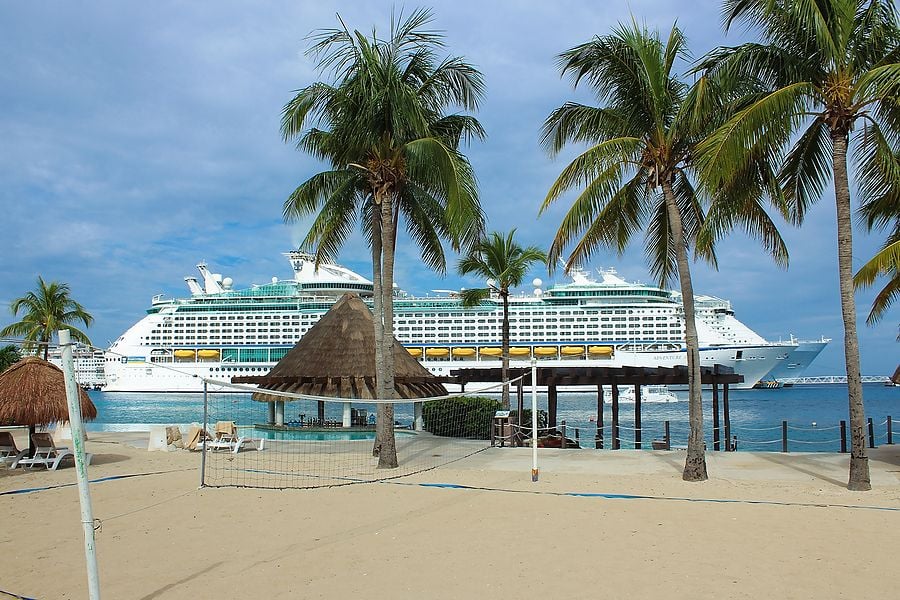
5. Passport Requirements for Children on Cruise Vacations
The need for a passport for kids on a cruise depends on the cruise itinerary. According to the U.S. Customs and Border Protection, for closed-loop cruises (those that begin and end at the same U.S. port), U.S. citizens under the age of 19 can travel with just their birth certificates.
All U.S. citizens, regardless of their age – from newborns to adults, must possess a passport for international cruises docking at ports beyond the borders of the United States, Canada, Mexico, and the Caribbean.
6. How to Decide on Cruise Duration and Itinerary for Families
When it comes to planning your cruise schedules and choosing the length of your cruise, it’s essential to consider your family’s vacation style. Cruising presents an exciting avenue for vacationing, and shorter cruises have many benefits, particularly for first-time cruisers.
To start with, a shorter cruise is less overwhelming, acting as a fantastic way for novices to get their sea legs without feeling swamped. It provides a chance to explore the world of cruising and see if it matches your family’s travel needs and expectations.
Shorter cruises are typically more cost-effective than their longer counterparts, making them an excellent choice for big families or those wanting to sample a cruise without making a significant financial investment.
The number of days at sea versus days in ports of call can vary based on the itinerary, but typically, longer cruises provide more days at sea. These sea days offer passengers the opportunity to fully enjoy the ship’s amenities and participate in onboard activities. However, it’s important to check each cruise’s specific itinerary as some long cruises may also include a larger number of port stops.
7. Selecting the Perfect Ports of Call for Your Family Cruise
Another crucial aspect of planning your first family cruise is deciding on the cruise ports of call. The ideal cruise, whether it’s among Caribbean cruises, Alaska cruises, Mediterranean cruises, or Bahamas cruises, should offer a balance between sea days and port stops.
Also, consider if the cruise line has a private island. These exclusive island stops often provide unique activities like massive water slides, zip lines, and private beaches.
Knowing what type of shore excursions your family wants to take can further funnel your cruise options.
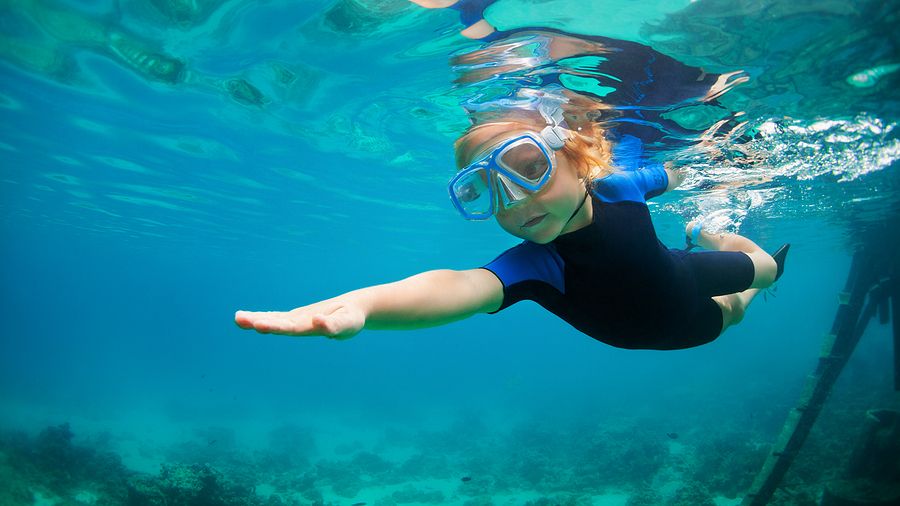
8. Family Adventure Awaits: Exploring Shore Excursions
Shore excursions, also known as cruise shore tours, are organized activities available to passengers when their cruise ship arrives at each port of call. These excursions come in a wide variety, catering to different interests and adventure levels. Passengers can choose from guided city tours, where they can learn about the local history and culture, to more thrilling adventure activities like snorkeling among vibrant coral reefs, zip-lining through lush rainforests, or even exploring ancient ruins.
While these excursions typically require an additional fee beyond the cruise fare, they offer a unique opportunity to deeply engage with each destination. Excursions are often led by knowledgeable local guides who provide insights that you might not discover on your own. This makes them an invaluable part of the cruising experience, especially for those looking to gain a more profound understanding of the places they visit.
For those seeking relaxation, there are also more laid-back options like beach outings or scenic boat tours. Opting for these shore excursions allows passengers to maximize their time in each port, experiencing the best that each destination has to offer, whether it’s the local cuisine, natural wonders, historical sites, or unique cultural practices.
9. Choosing the Best Cabin for Your Family’s Comfort and Needs
Choosing the right cabin on a cruise ship is essential, as it serves as more than just a sleeping space—it becomes your family’s primary hub during the length of your cruise. The cabin you select should align with your family’s specific requirements and preferences. For instance, if your plan includes making the most out of the ship’s amenities and you’ll be spending limited time in your room, interior cabins, which typically come at a lower cost, might be an ideal choice.
On the other hand, if you prefer having some natural light or wish to enjoy some quiet time gazing at the ocean, opting for a cabin with a window or a balcony would be more suitable. Balcony cabins not only provide a private outdoor space to relax but also offer spectacular views which can enhance your cruising experience.
For big families, booking connecting cabins can be a practical solution. This setup not only provides additional space but also comes with the convenience of having multiple bathrooms, making it easier for everyone to prepare for the day’s activities. Having connecting cabins also allows for a balance of privacy and togetherness, ensuring a comfortable and enjoyable cruise experience for the whole family.
Often, reserving two separate cabins on a cruise can be more cost-effective than opting for a single, larger stateroom. To save more, look for cruise line discounts for the third and fourth passengers sharing a cabin. As a result, the overall cost of booking multiple cabins can end up being lower than that of a larger, single cabin.
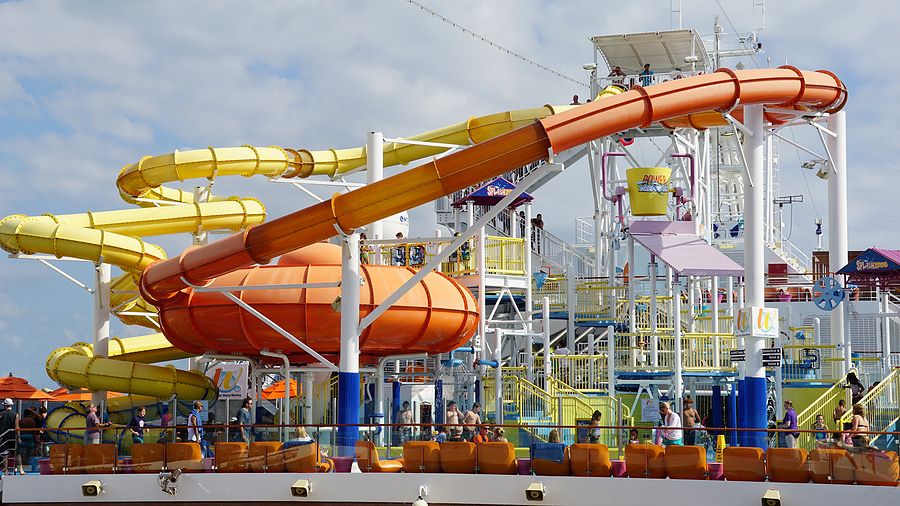
10. A World of Fun: Understanding Onboard Activities for All Ages
Cruise ships are well-known for their vast array of onboard activities. From theatrical productions and water slides to sports facilities and art classes, there’s something for everyone. Make sure to research the options available on your chosen ship and plan your days accordingly.
11. Maximizing Fun with Kids’ Clubs on Family Cruises
Many family-friendly cruise lines offer kids’ clubs or youth programs. These programs are usually divided by age group and offer a range of activities designed to keep children entertained while parents have some free time. Some cruise lines even offer night nurseries, allowing parents to enjoy a peaceful dinner or evening entertainment. While many cruises offer babysitting please note the rate is per child and may need to be booked before the cruise.
On-ship kids clubs are a fantastic amenity that cruise lines offer to ensure both parents and kids have an enjoyable journey. Most clubs are divided into age groups, such as toddlers (2-5 years), juniors (6-8 years), tweens (9-11 years), and teens (12-17), to provide age-appropriate activities and entertainment. Age groups vary by cruise line.
Kids clubs are usually staffed with professional caregivers and offer activities from arts and crafts to video games, sports, and even educational programs. Parents can leave their kids at these clubs for a few hours or the whole day, giving them the freedom to explore the ship or enjoy some adult-only time. Always check with the specific cruise line for their rules and restrictions regarding the duration a child can be at the club.
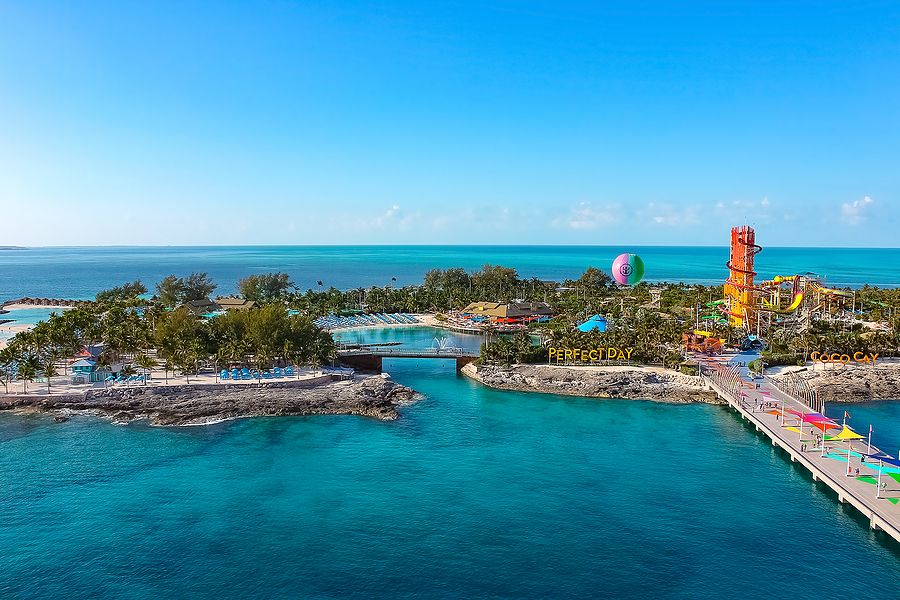
12. Arriving for Your Cruise and Embarking
To avoid last-minute stress, one of the best family cruise tips is to arrive at your departure city a day before your cruise departs. This provides a buffer in case of flight delays or cancellations and also gives you a chance to explore the departure city.
The embarking procedure typically begins with arriving at the cruise terminal, where your luggage will be taken off your hands and delivered to your stateroom. Following this, you’ll need to check in, much like at an airport. This involves presenting your cruise documents and identification. Afterward, you’ll go through a security screening.
Once you’ve successfully checked in and passed through security, you’ll then proceed to the boarding area. Depending on the cruise line, you may receive a boarding number or be asked to wait until your boarding group is called. Upon boarding the ship, you’ll be directed to your stateroom.
It’s also important to note that many cruise lines require passengers to participate in a mandatory safety drill, known as a muster drill before the ship departs. This drill informs passengers where to go and what to do in case of an emergency.
13. Packing for Your Cruise
Packing the right items can make your cruise experience more enjoyable. Don’t forget essentials like swimsuits, sunscreen, and comfortable shoes. You might also want to pack formal attire if your cruise has a dress code for certain dinners or events. Remember to pack enough to last the entire cruise as laundry facilities may be limited. We’ll expand this area with a separate how-to article to come.
14. Preparing for Motion Sickness
If you or a family member are prone to motion sickness, remember to pack medication like Dramamine, anti-nausea wristbands, or essential oils like lavender that can help alleviate symptoms. Some strategies to deal with motion sickness include:
- Choose the Right Cabin: Opt for a cabin located in the middle of the ship, where motion is less pronounced. Lower-deck cabins also tend to experience less motion.
- Keep Your Eye on the Horizon: Looking at the horizon helps your brain reconcile the difference between what you feel and what you see, reducing the feeling of motion sickness.
- Stay Hydrated and Eat Light: Drink plenty of water and eat light, bland foods to minimize nausea.
- Use Medication or Natural Remedies: Over-the-counter medications like Dramamine® are popular. Natural remedies include ginger, peppermint, and acupressure wristbands.
- Get Plenty of Fresh Air: Spending time on the deck where you can breathe fresh air and focus on the horizon can alleviate symptoms.
15. Staying Active on a Cruise
While indulging in delicious meals is part of the cruise experience, it’s also important to stay active. Most cruise ships offer fitness centers, running tracks, and a range of sports facilities. Using these facilities is another great way to tire out the kids.

16. Staying Connected During Your Cruise
While it’s great to disconnect and enjoy your vacation, you might still want to stay connected with the outside world and each other if you have older children. Most cruise ships offer Wi-Fi packages, but these can be pricey. A good idea is to download any movies, music, or podcasts you’ll want during your cruise before leaving home. Also check with your mobile provider as some allow some services, such as texting, through the ships’ Wi-Fi.
17. Exploring Beverage Packages: Is it Right for Your Family?
Most cruise lines offer beverage packages, which can be a part of cruise deals or cruise discounts, ranging from soft drinks to alcoholic beverages. These packages can be a cost-effective option if you or your family members plan to drink a lot. However, it’s crucial to evaluate whether a beverage package would be beneficial based on your family’s soda and drinking habits.
18. Experience the Best in Cruise Dining: Trying Specialty Restaurants
In addition to the main dining room and buffet, many cruise ships, like Royal Caribbean, offer specialty family dining options. These restaurants often provide a more intimate cruise dining experience and a wider variety of cuisine options. While specialty dining comes at an additional cost, it can be worth it for a special occasion or a change of pace. Know your family’s dining style. Specialty dining might be best saved for a date night.
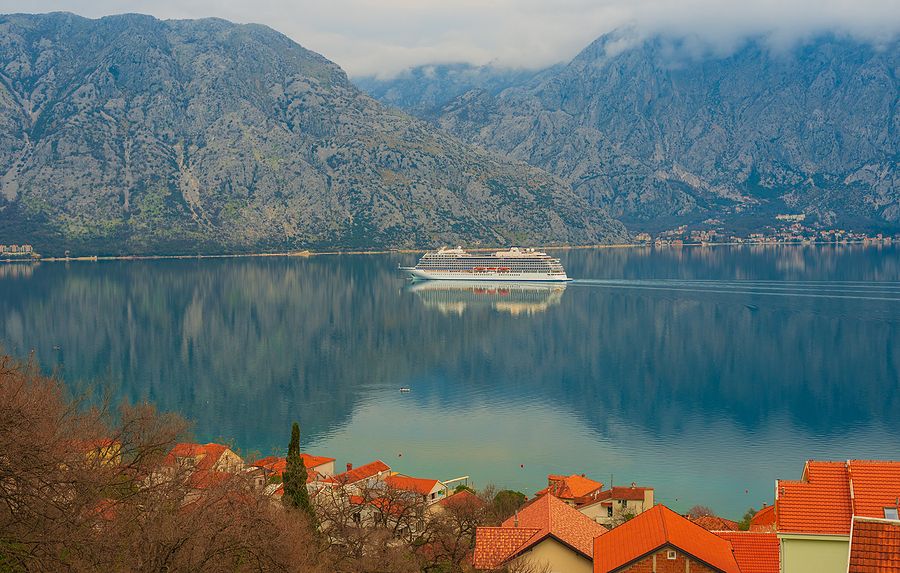
19. Navigating Tipping Etiquette on Your Family Cruise
Tipping is an essential part of the cruise experience. While some cruise lines automatically add gratuities to your bill, others leave tipping up to the discretion of the passengers. Research your cruise line’s tipping policy before your trip to budget accordingly.
The customary tip on cruise boats varies significantly by the cruise line and the region. However, a general rule of thumb is $10-$15 per person per day. This daily gratuity is typically split among the ship’s staff.
The following are the typical recipients of tips on a cruise:
- Room Steward or Stewardess: They are responsible for the cleanliness and maintenance of your cabin, and they often go the extra mile to ensure your stay is comfortable.
- Dining Room Waitstaff: This includes your main waiter and assistant waiter who serve you at dinner.
- Headwaiter or Maitre d’: They might not serve you directly, but they oversee the smooth operation of the dining room.
- Bartenders and other Beverage Servers: They usually add a service charge to the cost of each drink.
20. Managing Your Family’s Identification and Travel Documents
Ensuring that you, your family, and your cruise booking have the necessary identification and travel documents is crucial for a smooth cruising experience. This not only includes passports but also any visas required for your ports of call. It’s also a good idea to make copies of all your documents in case of loss or theft during your booking family cruise. Another precautionary option is to email copies of these documents to yourself.
21. Managing Money on Board: Tips for Carrying Cash on a Cruise
While most cruise ships operate on a cashless system, it’s still a good idea to carry some cash. This can be useful for tipping, small purchases at ports of call, or emergencies.
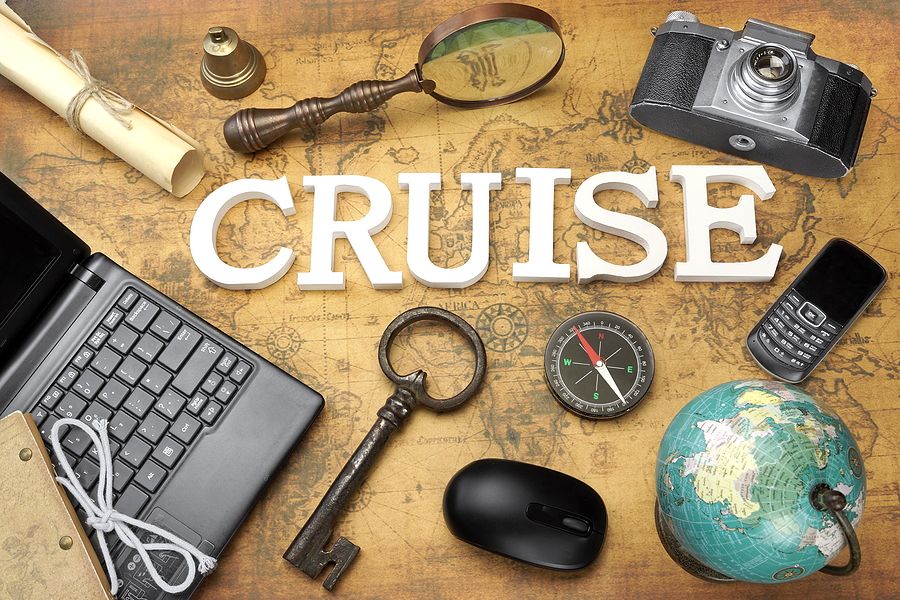
22. Planning Your Next Cruise
If you enjoy your first cruise, why wait to plan the next one? Many cruise lines offer incentives for booking your next cruise while still onboard. This can be a great way to save money on family vacation packages and start looking forward to your next vacation deals for families.
23. The Idea Time to Book a Cruise: How Far in Advance to Book
Booking a cruise is a process that requires some planning, and the best time to book will largely depend on your specific needs and circumstances. However, a general rule of thumb is to book your cruise between six and 12 months in advance. This is because most cruise lines release their itineraries and start selling cabins 12 to 18 months before departure. Booking early gives you the widest selection of cabin options and the best prices.
To help you plan your cruise, we’ve teamed up with Cruise Compete. When you sign up for a free account, you can select a cruise and let independent agents compete to offer you cruise deals. Compare the emailed offers and then respond to the agents directly for more information or to book.
24. Knowing When Not to Book: Avoiding Common Cruise Pitfalls
While cruise ships have the technology and ability to change their itineraries to avoid storms, booking a cruise during hurricane season can still be risky. This period typically runs from June 1st to November 30th and affects the Caribbean, Bahamas, and sometimes the coasts of the U.S. and Mexico. If your primary goal is to visit specific destinations, you might want to avoid booking during this period to reduce the risk of your itinerary being changed due to a storm.
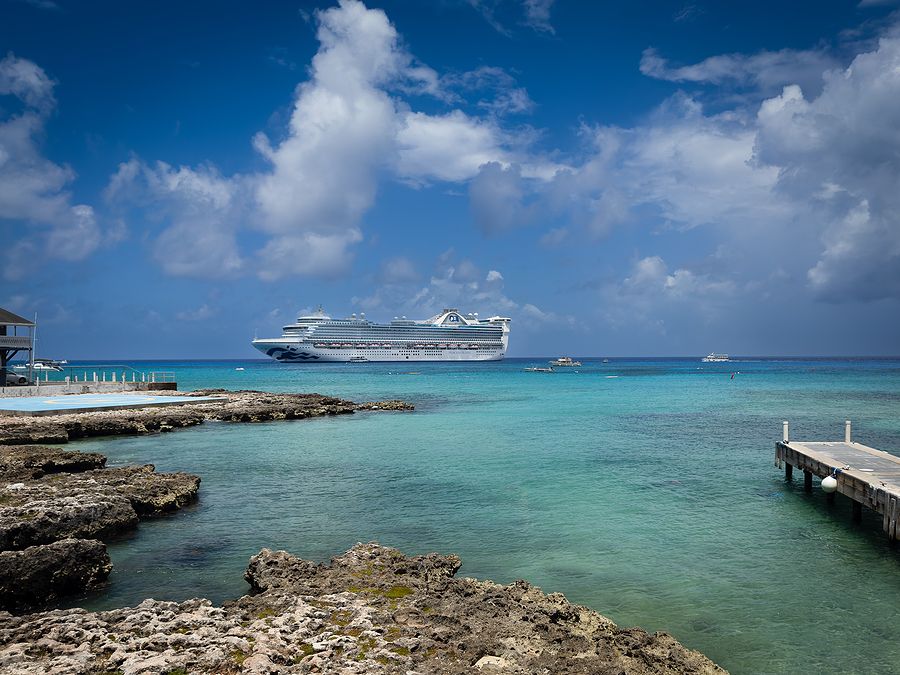
25. Understanding the Importance of Travel Insurance for Cruise Vacations
Travel insurance is a crucial aspect of planning a trip, especially a cruise. It offers several benefits:
- Cancellation Protection: If you need to cancel your cruise due to unforeseen circumstances, travel insurance can cover the costs.
- Medical Coverage: Should you or a family member need medical attention during the cruise, travel insurance can help cover the costs.
- Trip Interruption: If your cruise is interrupted by unforeseen circumstances like bad weather, travel insurance can help recoup the costs of the missed portion of your cruise and additional accommodation or travel expenses.
- Lost or Delayed Baggage: If your luggage is lost or delayed, travel insurance can provide funds to replace essential items.
- Travel Assistance: Many travel insurance policies also offer 24/7 travel assistance, helping you navigate any challenges you might face during your trip.
Cruising, especially with top cruise lines, can be a fantastic way for families to explore new destinations while enjoying a host of activities and amenities. While planning your first cruise can seem daunting, with the right preparation, it can be an exciting and stress-free experience. Happy cruising!
Check out these big family cruise stories from families like yours:
